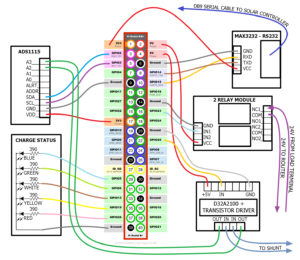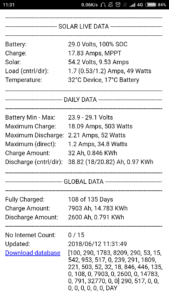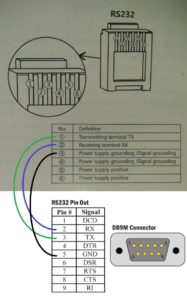NAVY
The Boeing Co., St. Louis, Missouri, is being awarded a $244,714,371 not-to-exceed, firm-fixed-price contract to procure long lead material for Harpoon full-rate production Lot 91 in support of multiple Foreign Military Sales (FMS) customers. Work will be performed in St. Charles, Missouri (54 percent); McKinney, Texas (23 percent); Toledo, Ohio (8 percent); Burnley, United Kingdom (3 percent); Middletown, Connecticut (2 percent); Grove, Oklahoma (2 percent); Elkton, Maryland (1 percent); Lititz, Pennsylvania (1 percent); Galena, Kansas (1 percent); Huntsville, Alabama (1 percent), and various locations within the continental U.S. (4 percent), and is expected to be completed in March 2023. FMS funds in the amount of $244,714,371 will be obligated at time of award, none of which will expire at the end of the current fiscal year. This contract was not competitively procured pursuant to 10 U.S. Code 2304(c)(1). The Naval Air Systems Command, Patuxent River, Maryland, is the contracting activity (N00019-19-C-0016).
Source: https://dod.defense.gov/News/Contracts/Contract-View/Article/1677051/source/GovDelivery/
Harpoon is an over-the-horizon, anti-ship missile manufactured by Boeing’s Defence, Space & Security business division, which is capable of performing both land-strike and anti-ship missions. Its accurate navigation solution allows users to discriminate target ships from islands or other nearby land masses or ships.
This all-weather missile can engage a wide variety of land-based targets, including coastal defense sites, surface-to-air missile sites, aircraft, port or industrial facilities, and naval ships anchored in ports. The missile can be deployed from submarines and surface ships such as fast patrol boats, destroyers and frigates as well as mobile land-based truck platforms and a variety of U.S. military aircraft and mobile land-based truck platforms.
Source: https://www.zacks.com/stock/news/243266/boeing-wins-208m-fms-contract-for-harpoon-antimissile



